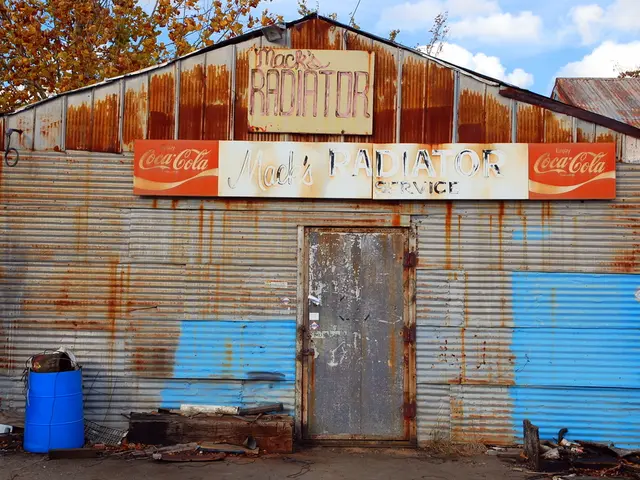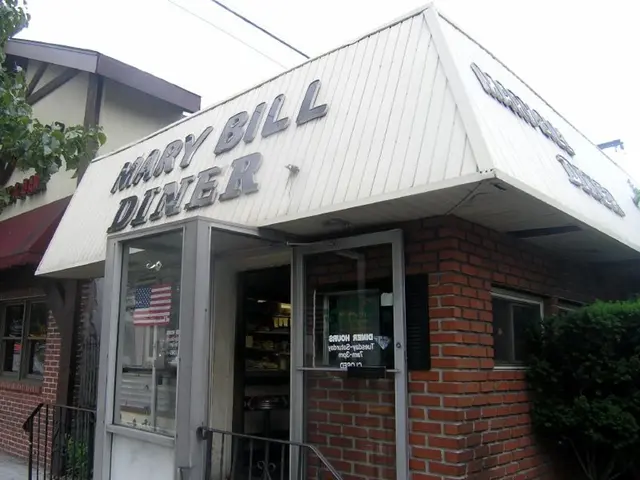EU Can Save 231 Million Tonnes CO2 & 35 Billion Euro via Circular Economy in Energy-Intensive Industries
The Joint Research Centre (JRC) of the European Commission has published a report, 'Capturing the Potential of the Circular Economy Transition in Energy-Intensive Industries', outlining significant benefits for the EU's sustainability and competitiveness. The report, led by Francois Wakenhut, head of the relevant unit, recommends policies to promote circular economy measures in industries responsible for nearly 15% of the EU's total emissions.
The JRC report quantifies the potential of circular economy levers to decrease environmental impact and improve energy and economic security by 2050. Key recommendations include promoting technologies to enhance recycled material quality, reducing resource use through efficient design, and steering market demand via Green Public Procurement instruments. These measures could help EU industry reduce between 189 and 231 million tonnes of CO2 equivalent per year, with the steel sector reducing 64 to 81 million tonnes and the plastics sector 75 to 84 million tonnes.
Circular economy strategies would not only reduce greenhouse gas emissions but also improve the EU's trade balance by about 4%, corresponding to 35 billion euro. Moreover, these measures would lower EU-wide fossil fuel energy demand by nearly 4.7% compared to 2023, reducing reliance on imported fossil fuels and critical materials. Integrating circularity measures in energy-intensive industries such as steel, aluminium, cement, concrete, and plastics would enhance the EU's energy and economic security by lowering import dependency.
The JRC report underscores the substantial potential of circular economy measures in energy-intensive industries. By implementing these recommendations, the EU can significantly reduce greenhouse gas emissions, improve energy and economic security, and enhance its trade balance. These findings contribute to the EU's support for a sustainable and competitive economy.








